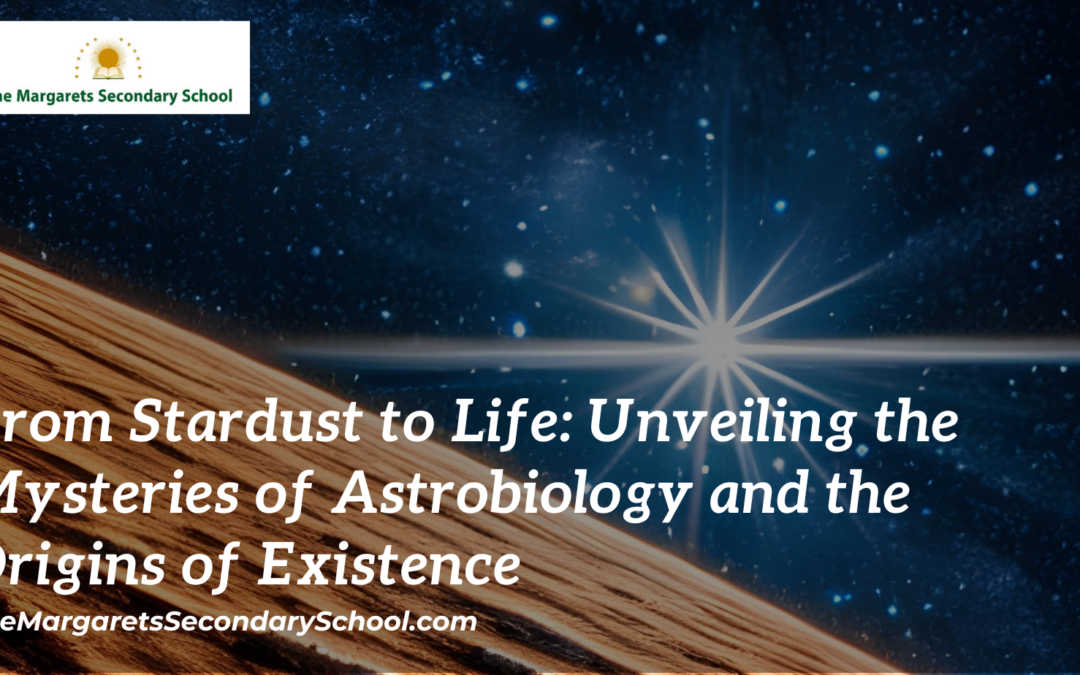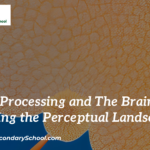Astrobiology and the Origins of Life
In the grand tapestry of the universe, the quest for understanding our place in it is a pursuit that spans disciplines, cultures, and millennia. At the intersection of astronomy, biology, and chemistry lies the captivating field of astrobiology—a scientific exploration into the origins of life on Earth and the potential for life beyond. Embark with us on a journey to unravel the enigma of life’s emergence and the tantalizing possibility of extraterrestrial life.
Astrobiology: Bridging Cosmic and Biological Realms
Astrobiology seeks to comprehend the cosmic forces that shape life’s origins, evolution, and distribution. By examining the fundamental building blocks of life—water, carbon, and the essential elements—scientists endeavor to uncover the conditions that have fostered life on our planet and might be conducive to life elsewhere in the universe.
The Beginnings: From Stardust to Complex Molecules
The story of life’s origins is intricately woven with the fabric of the cosmos. Elements forged in the hearts of dying stars are dispersed into space, eventually forming the ingredients necessary for life. These cosmic ingredients, such as amino acids, sugars, and other organic molecules, can be found in the interstellar medium and even on comets and meteorites that have impacted Earth.
The Primordial Soup and the Miller-Urey Experiment
Stanley Miller and Harold Urey’s groundbreaking experiment in the 1950s offered a glimpse into the conditions of early Earth. Simulating the environment of the primordial oceans, they exposed a mixture of gases to electrical discharges, resulting in the formation of amino acids—the building blocks of proteins. This experiment suggested that the essential components for life could arise spontaneously.
Extreme Environments: Life’s Tenacity and Adaptation
Astrobiology extends its reach to extreme environments on Earth, such as hydrothermal vents, acid pools, and ice-covered lakes. These harsh locales provide insights into the potential habitats for extraterrestrial life. Organisms found in such environments exhibit remarkable adaptations that challenge our understanding of the limits of life.
Mars, Europa, and Beyond: Searching for Extraterrestrial Life
The search for life extends beyond Earth’s borders. Mars, with its tantalizing evidence of liquid water in the past, has captured the imagination of scientists seeking signs of microbial life. The subsurface ocean of Jupiter’s moon Europa and the hydrocarbon lakes of Saturn’s moon Titan are among the other intriguing destinations for potential extraterrestrial life.
The Fermi Paradox and the Search for Intelligence
Enrico Fermi’s famous question—”Where is everybody?“—alludes to the paradox of why, given the vast number of potentially habitable planets in the galaxy, we have not yet encountered extraterrestrial civilizations. The search for extraterrestrial intelligence (SETI) continues through radio signals, optical observations, and the exploration of exoplanets.
Panspermia: The Seeding of Life
The concept of panspermia suggests that life might have originated elsewhere in the universe and was transported to Earth by cosmic processes, such as meteor impacts. This idea raises questions about the interconnectedness of life and the possibility that we are all, in some sense, descendants of the cosmos.
Conclusion
Astrobiology’s journey into the origins of life and the potential for life beyond Earth is a testament to human curiosity and our yearning to understand the cosmos. As we explore the intricate web of chemistry, physics, and biology that underpins existence, we glimpse the profound interconnectedness of all things. While the definitive answers to the mysteries of life’s origins and extraterrestrial life remain elusive, the pursuit itself elevates our understanding of what it means to be part of this vast and awe-inspiring universe.





